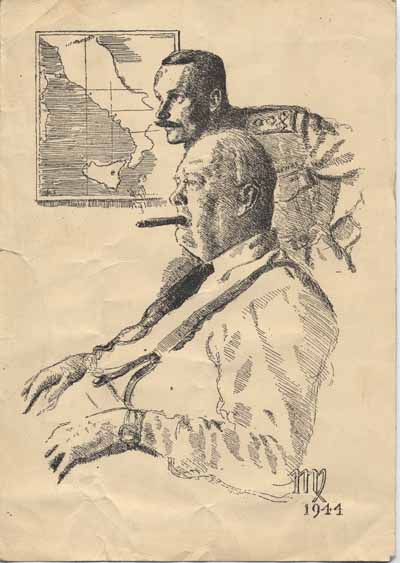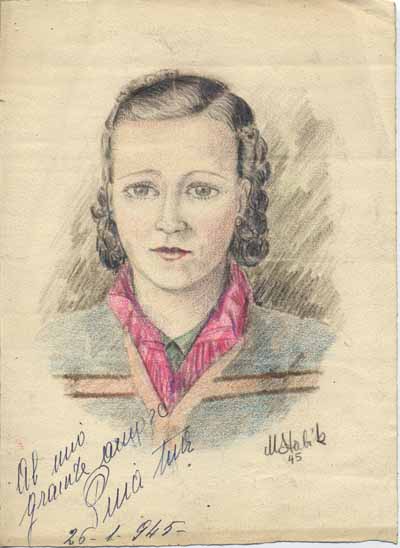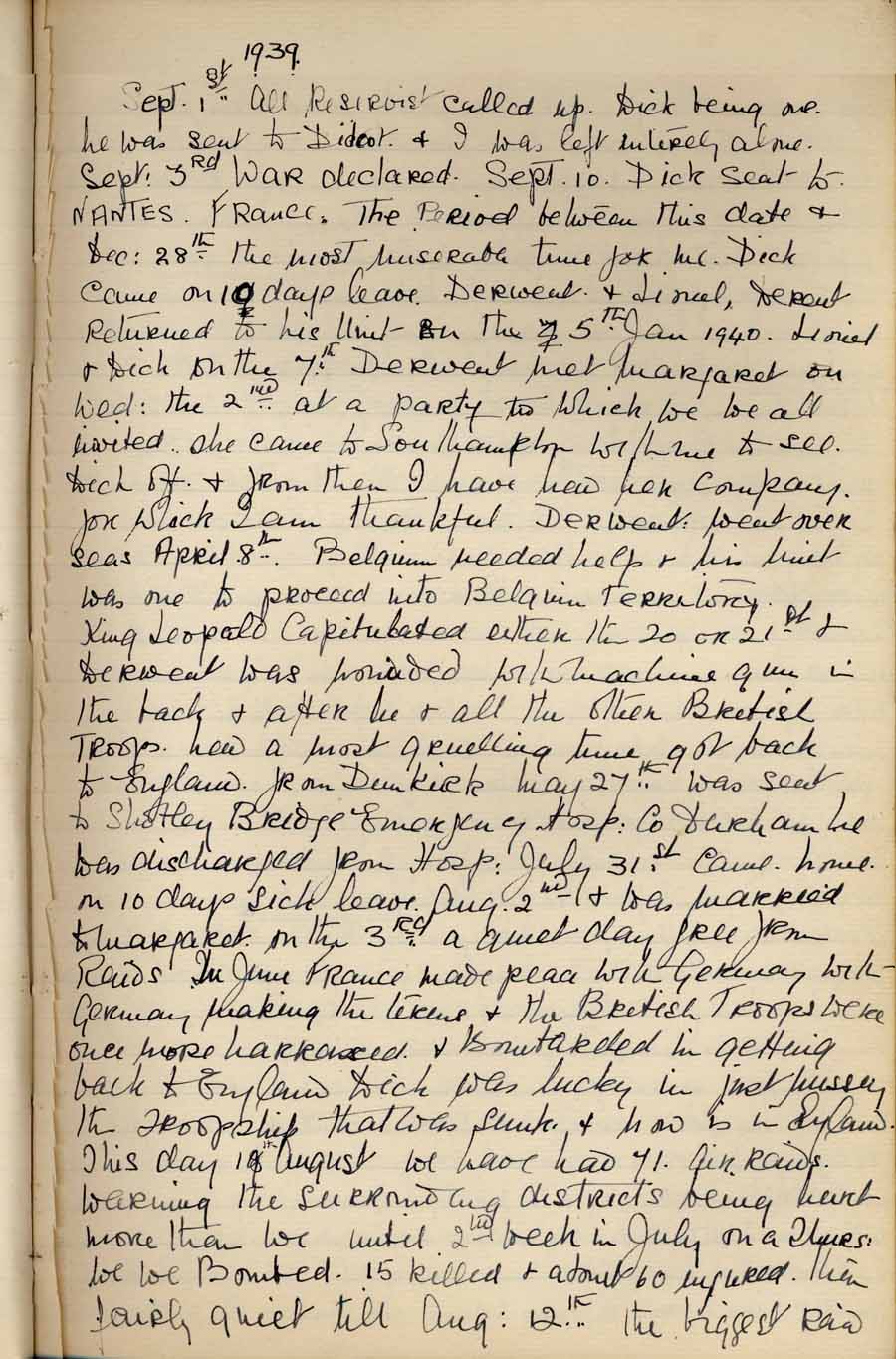This note is added in this position in a different ink from the rest of the page. Perhaps an afterthought? Here’s something from https://dalyhistory.wordpress.com
171 people were killed on the night of 10 and 11 January 1941. Portsmouth was chosen as a target that night as the rest of Britain was covered by thick cloud, and Portsmouth – on the coast – was the only readily identifiable target. German records show that 153 Bombers targeted Portsmouth. This compares drastically with the ‘1,000 Bomber’ raids launched by Bomber Command on Germany later in the war.
Many victims were unidentified due to their terrible injuries, and im some cases virtually nothing remained of their bodies. Hundreds of victims were buried in a mass funeral in Kingston Cemetery in the city. A memorial stands near to the site of their mass grave. Over 1,000 people died in Portsmouth as a result of Bombing during the Second World War. Many records state that 930 civilians were killed, but a number of servicemen were also killed whilst on leave or while on duty in the city. Just under 10% of the cities 63,000 houses were destroyed, and a similar number seriously damaged.
German records state that 40,000 4lb incendiary bombs were dropped on the city on that one night alone, as well as 140 tons of High Explosive. Many bombs did land in the sea – the Solent, and Portsmouth and Langstone Harbours. In 1940 Bombing from the air was not an exact science. The Bombers followed radio beams that interescted over Southsea Common. The incendicaries caused over 2,314 fires – far too many for beleagured emergency services to deal with at any one time, especially given that 60 water mains had been destroyed. The tide was also low, which prevented the Fire Brigade from pumping water from the sea.
47 people were killed when an air raid shelter at Arundel Street School suffered a direct hit. The power station was hit, and the main shopping centres at Commercial Road, Palmerston Road and Kings Road were all decimated. Also damaged were the Ear, Nose and Throat Hospital, the Hippodrome, Clarence Pier, three cinemas, the dockyard school, the Royal Sailors Rest Home, the Salvation Army Citadel, the Central Hotel and the Connaught Drill Hall. The FA Cup – won by Pompey in 1939 – was dug out of a Bank in Commercial Road, where it had been placed for safekeeping.
The most visible and symbolic material loss was the destruction of the Guildhall. ARP and emergency services battled fires in the building all night, but one 4lb incendiary bomb fell down a ventilation shaft and lodged itself in an inacessible place, proving impossible to extinguish. The Guildhall burnt all night and into the next day, the melting copper from the ornate dome dripping down to the ground. When the fires finally subsided only the outer walls remained. When the basement was dug out however the Lord Mayor’s chain and civic plate were found to be intact.
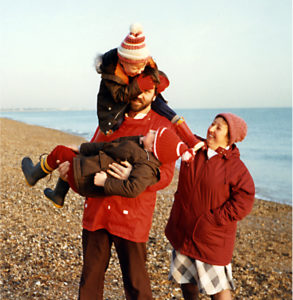
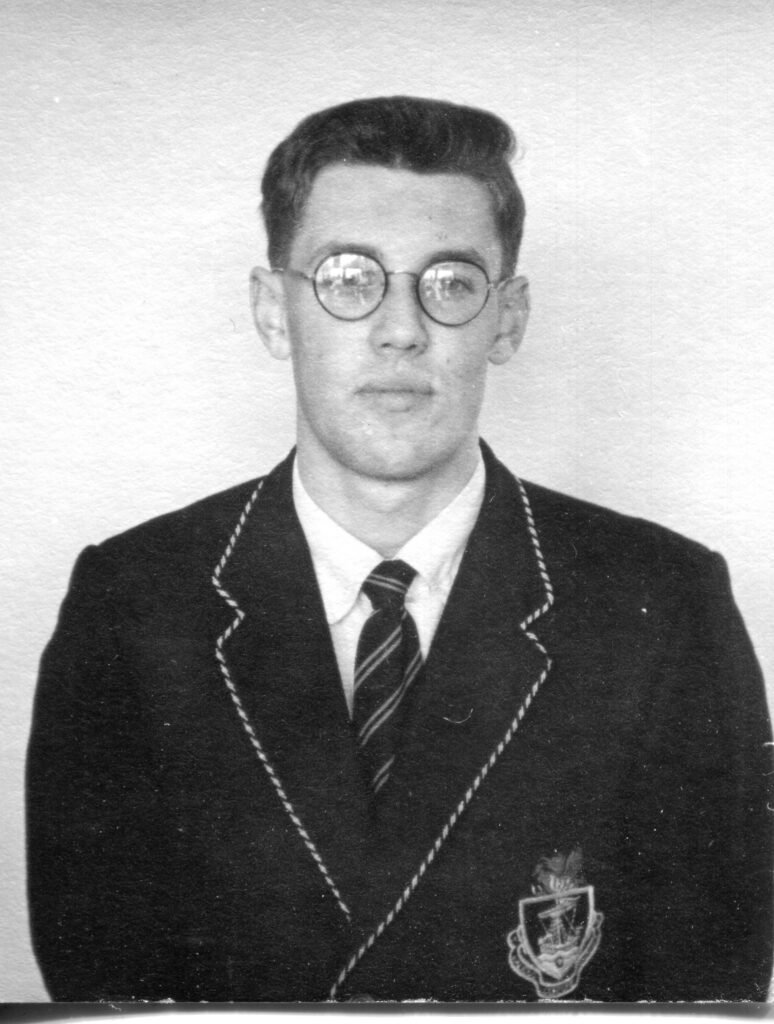
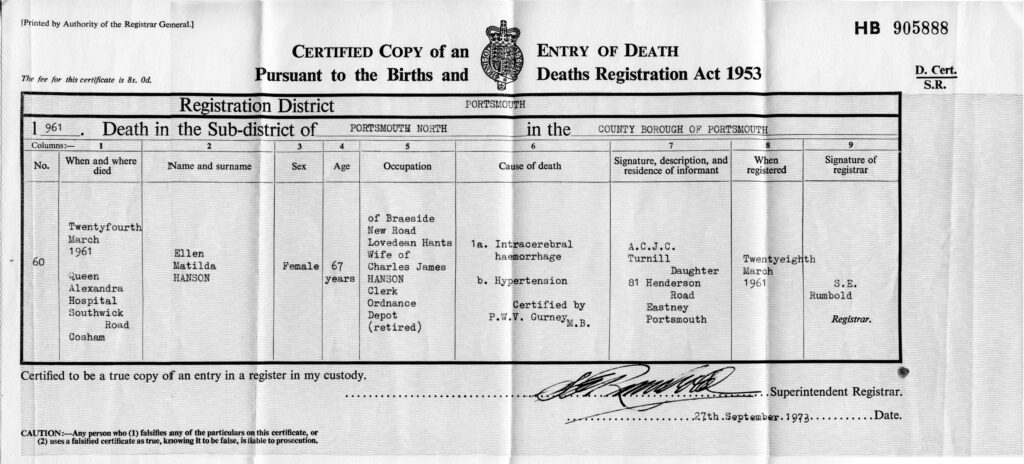
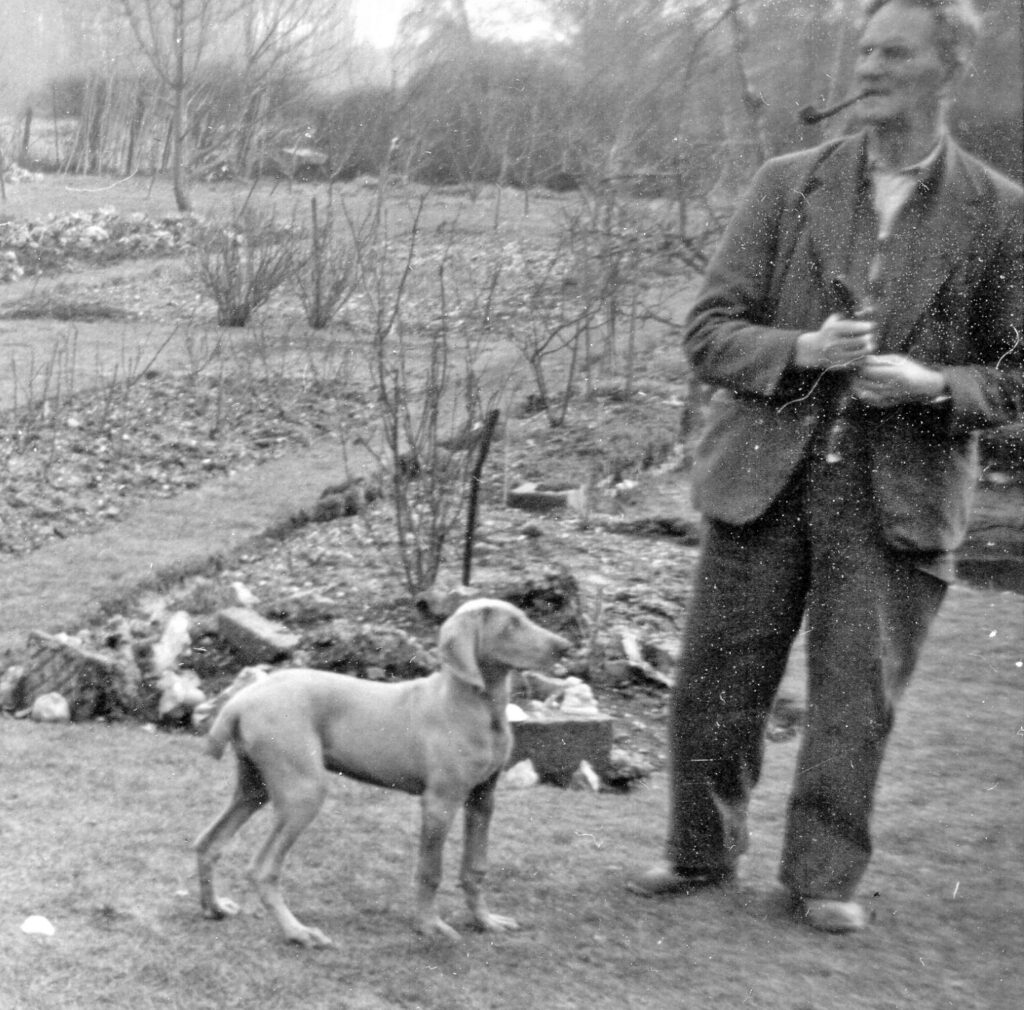
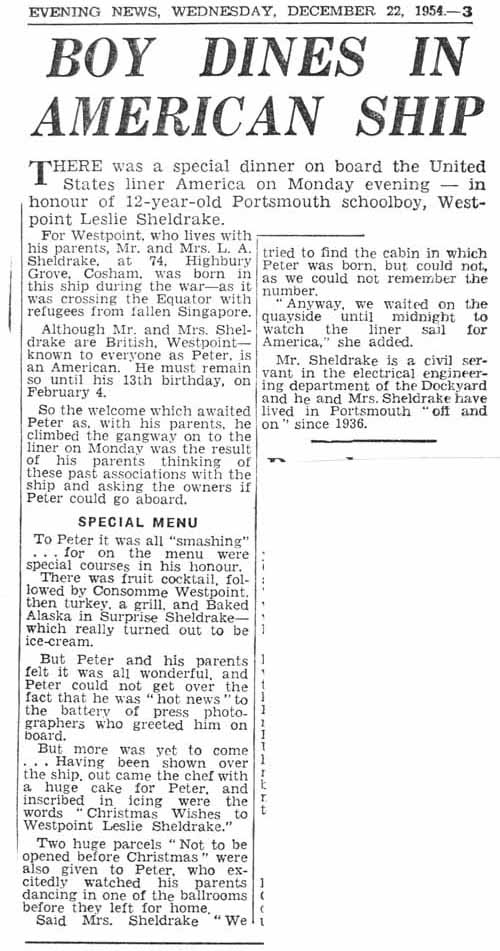
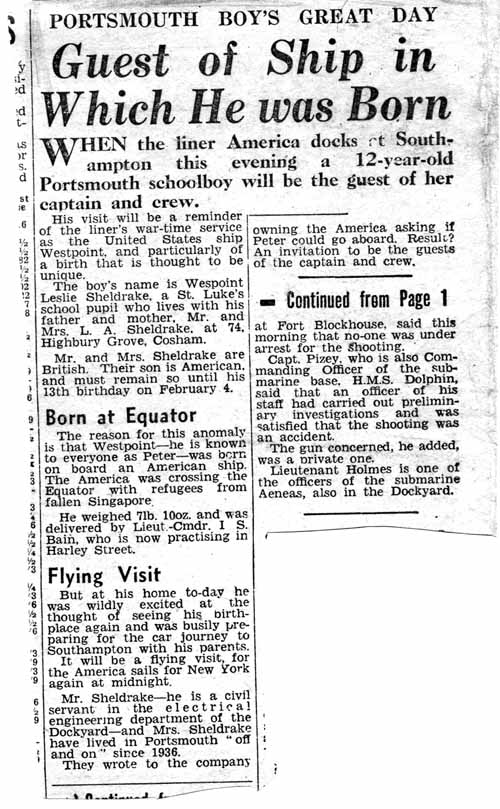
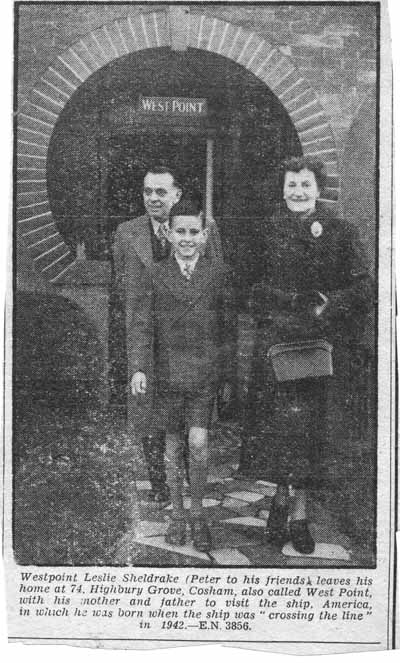

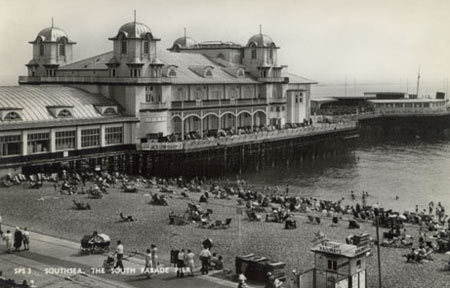
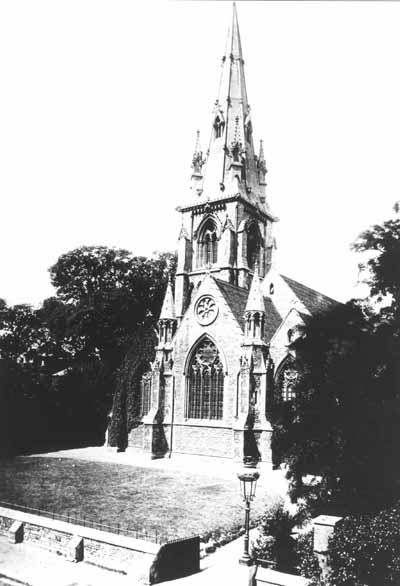
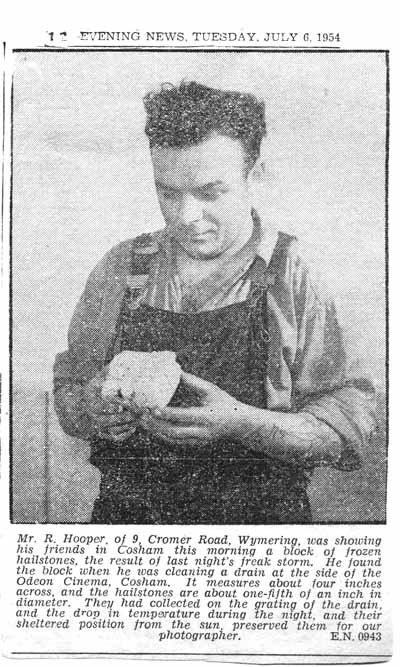
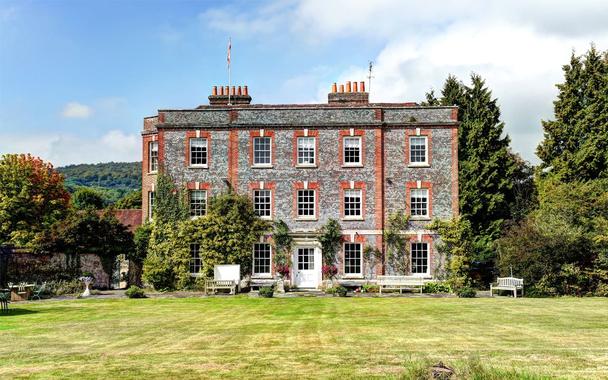
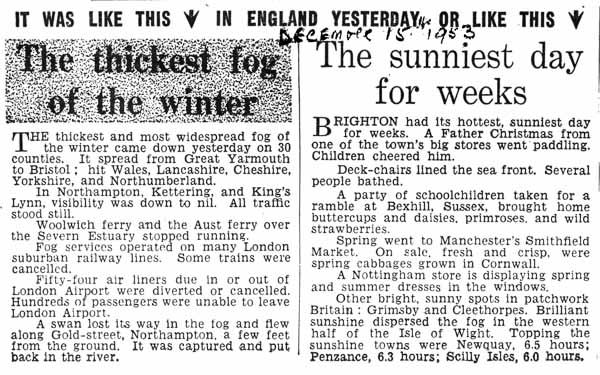
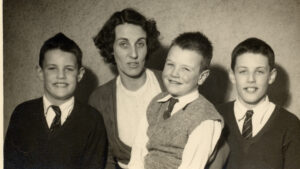
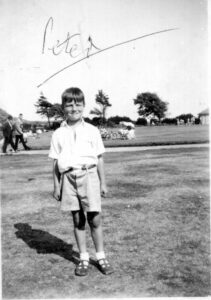 Peter Robert Turnill, third and youngest son of Joan, b 1/5/1947, m 19/10/1971
Peter Robert Turnill, third and youngest son of Joan, b 1/5/1947, m 19/10/1971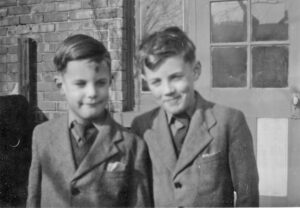
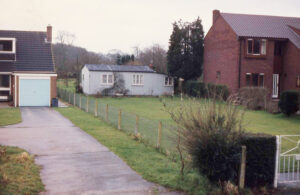 Little more than a shed! The picture shows it in 1982 shortly before we demolished it. The house to the left was built by Joan and occupies half the plot they bought in 1952. They had about 2/3 of an acre of ground.
Little more than a shed! The picture shows it in 1982 shortly before we demolished it. The house to the left was built by Joan and occupies half the plot they bought in 1952. They had about 2/3 of an acre of ground.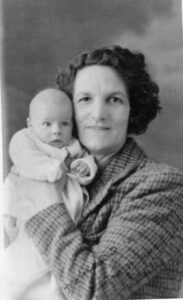 Margaret Ianthe ? ? Hanson, first child of Derwent & Margaret, b ??/??/1942, m ????? d ??/??/2008? Ellen holds Ianthe – taken 1/3/43
Margaret Ianthe ? ? Hanson, first child of Derwent & Margaret, b ??/??/1942, m ????? d ??/??/2008? Ellen holds Ianthe – taken 1/3/43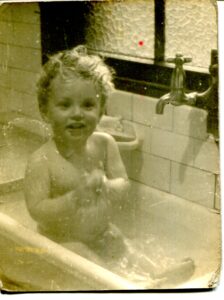 Richard Brian Turnill, first child of Joan & Victor, b 23/10/1942, d 12/1/1961. Douglas must have got lost somewhere.
Richard Brian Turnill, first child of Joan & Victor, b 23/10/1942, d 12/1/1961. Douglas must have got lost somewhere.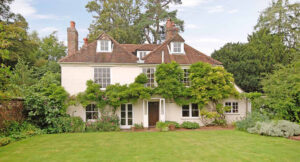
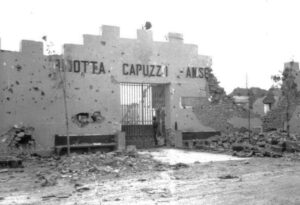 They certainly did …
They certainly did …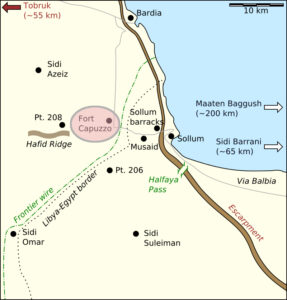
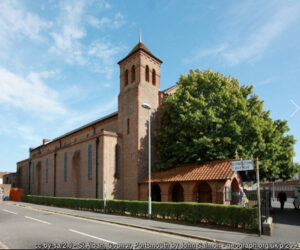
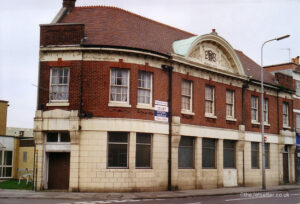

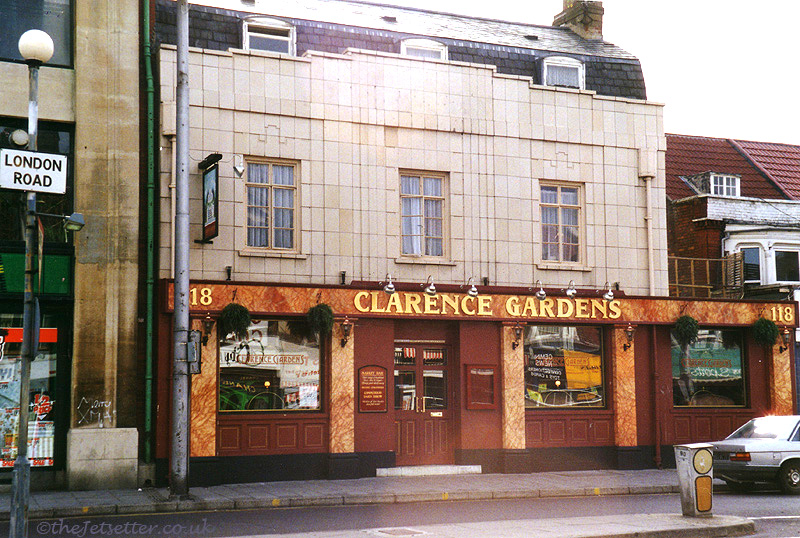
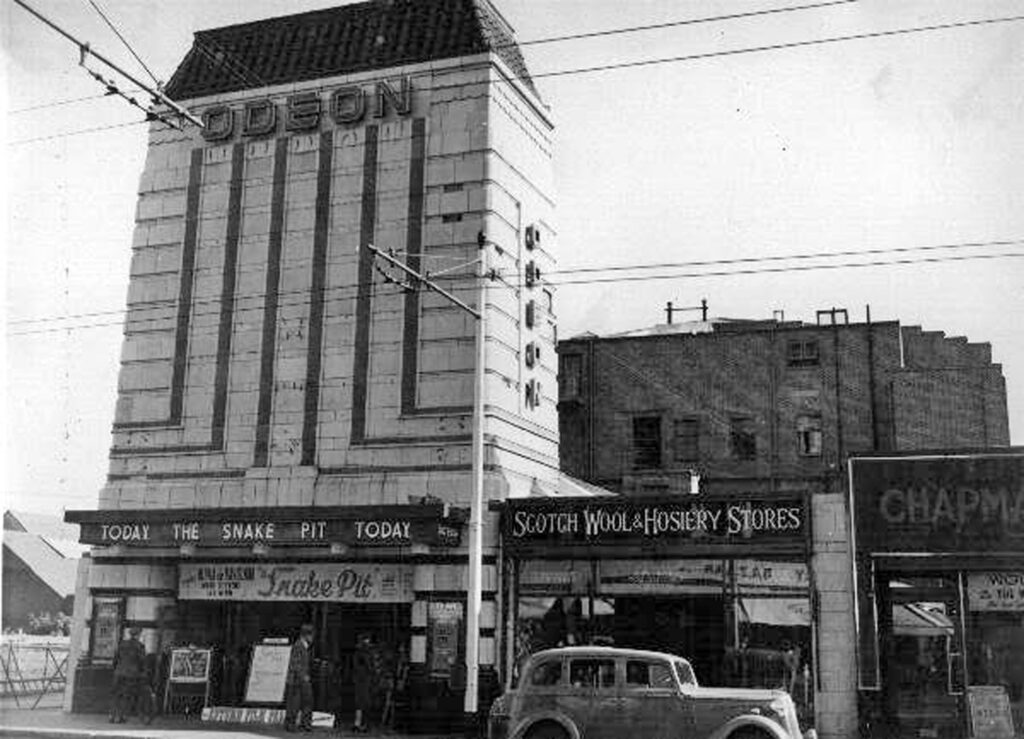

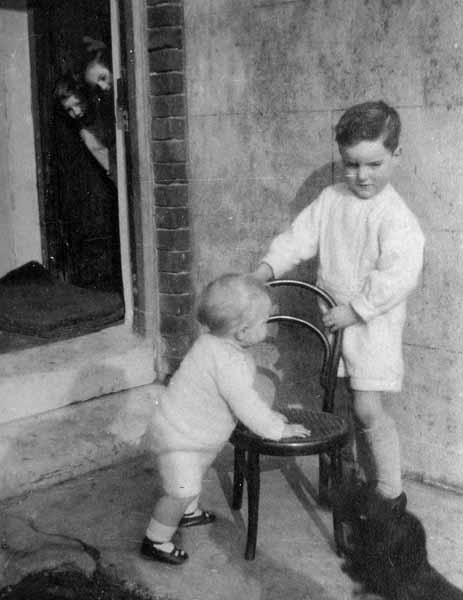 Derwent George Cooper Hanson was their 3rd child, born 8/9/1918, and thus just 21 at the start of the war. Died ??/??/??
Derwent George Cooper Hanson was their 3rd child, born 8/9/1918, and thus just 21 at the start of the war. Died ??/??/??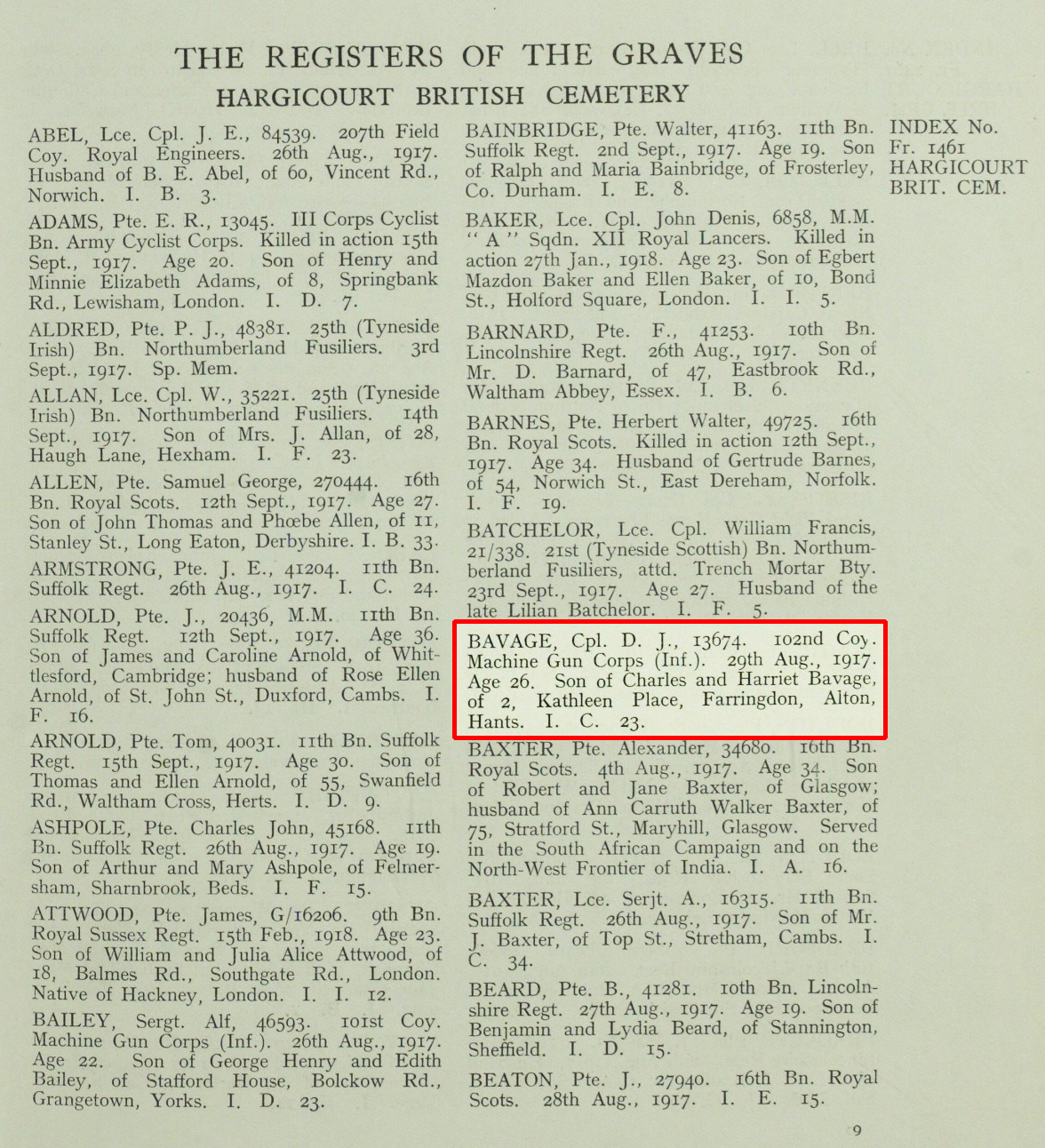
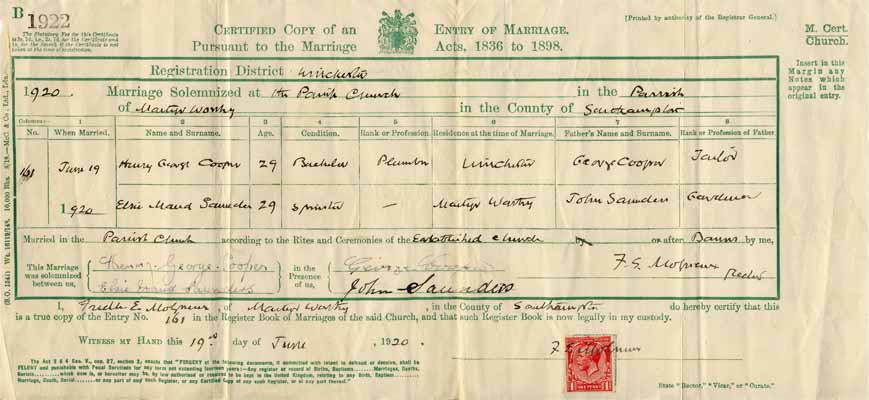
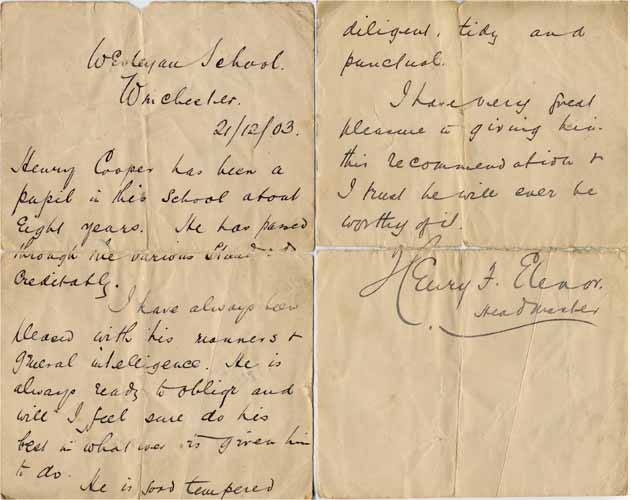
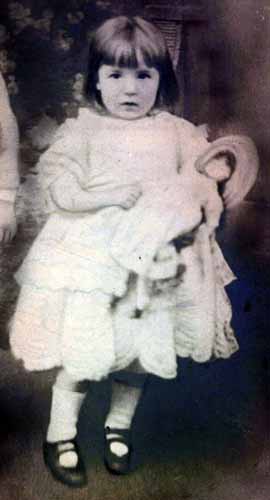
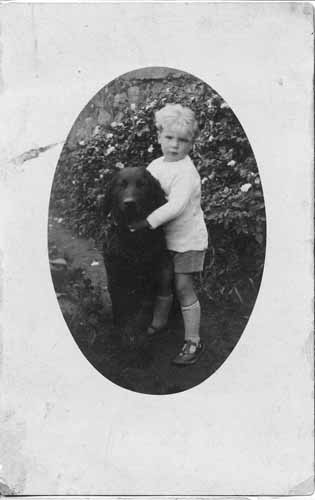
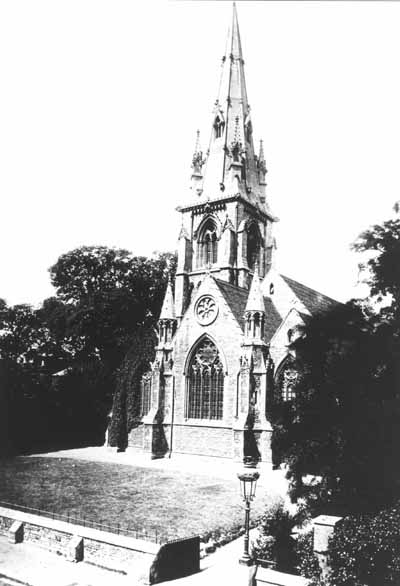
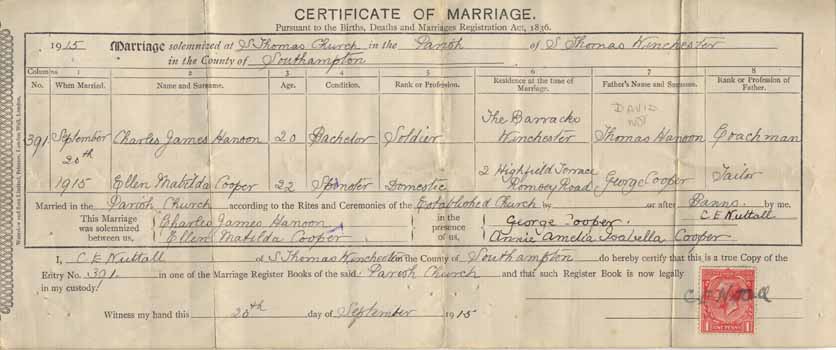
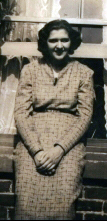 Margaret Williams, born ??????,
Margaret Williams, born ??????,